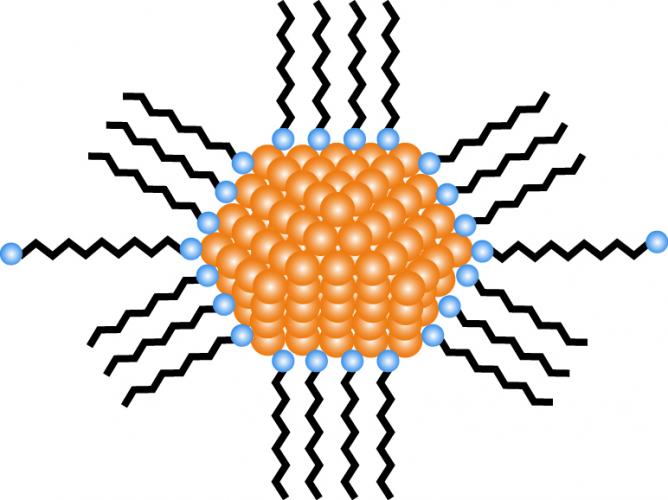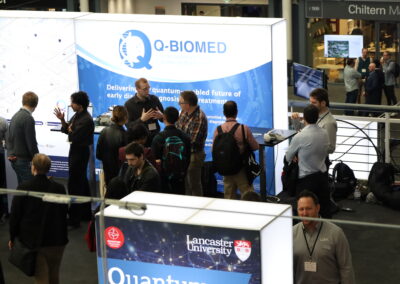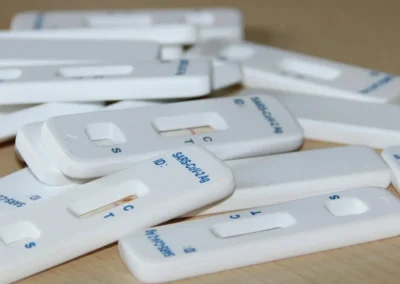How do you measure the electronic properties of individual nanoparticles or molecules that are only a few nm in size? Conventional methods using electron transport spectroscopy rely on contacting a material with two contacts, a source and a drain electrode. By applying a small potential difference over the electrodes and monitoring the resulting current, valuable information about the electronic properties are extracted. For example if a material is metallic or semiconducting.
But this becomes quite a challenge if the material is only a few nm in size. Even the most sophisticated fabrication tools such as electron-beam lithography have a resolution of about 10 nm at best, which is not precise enough. Scientists have developed workarounds such as creating small gaps in narrow metallic wires in which a nanoparticle can be trapped if it matches the gap size. However, even though there have been some notable successes using this approach, this method has a low yield and is not very reproducible.
Now an international collaboration including researchers in Japan, the university of Cambridge and the LCN in the UK have approached this in a different way as described in a paper in Nature’s Scientific Reports. Their method only requires a single electrode to be in direct contact with a nanoparticle or molecule, thus significantly simplifying fabrication. The team achieved this by embedding nanoparticles on a substrate in an electric resonant circuit and sending a radio-frequency signal to the device as shown in the figure. In this case, rather than electrons hopping on and off a nanoparticle via separate contacts, which would result in a dc current, the electrons hop on and off the same electrode at the resonance frequency of the resonator. The ease at which the electrons can do this is reflected – quite literally – in the phase of the radio-frequency signal bouncing off the device which now carries the information.
The researchers demonstrated the potential of the radio-frequency reflectometry technique by measurements on Au nanoparticles of only 2.7 nm in diameter. For such small particles, the electronic spectrum is discrete which was indeed observed in the measurements and in very good agreement with theoretical models. The researchers now plan to extend these measurements to other nanoparticles and molecules with applications in a range of areas such as biomedicine, spintronics and quantum information processing.
Click here to view the full research article published in Nature Publishing Group’s Scientific Reports.



